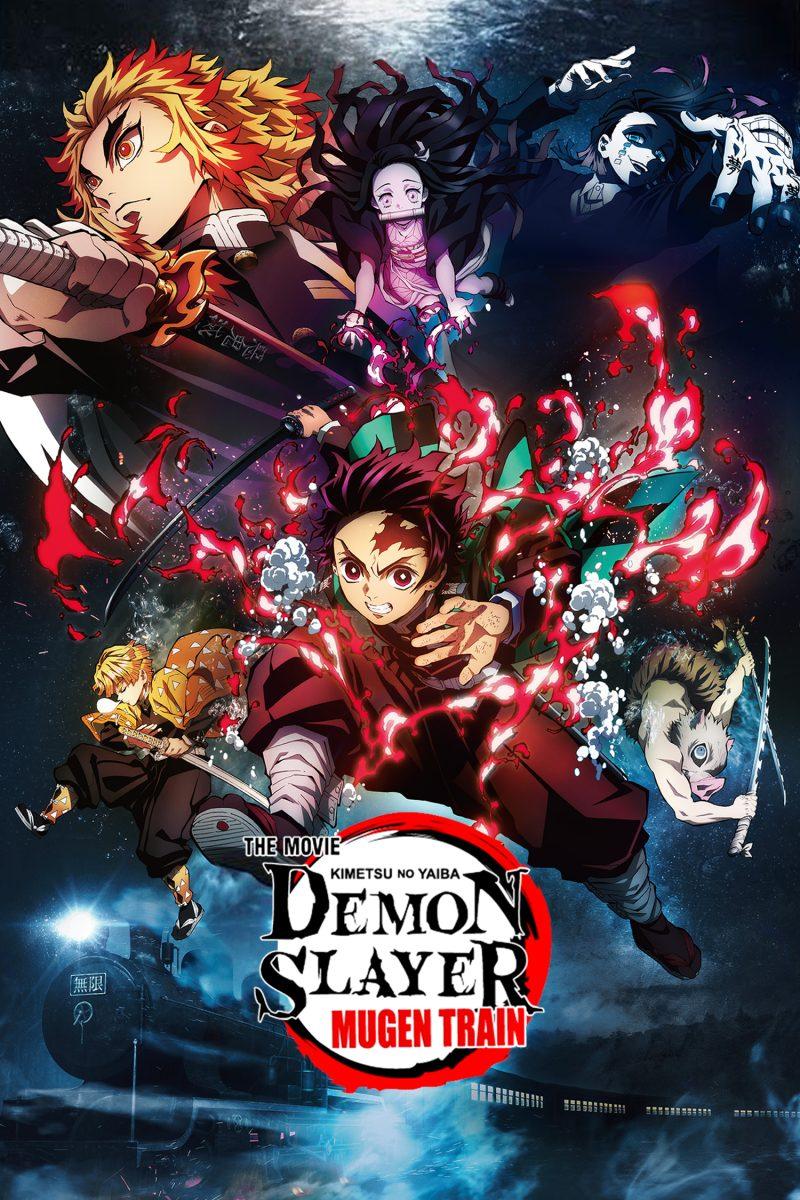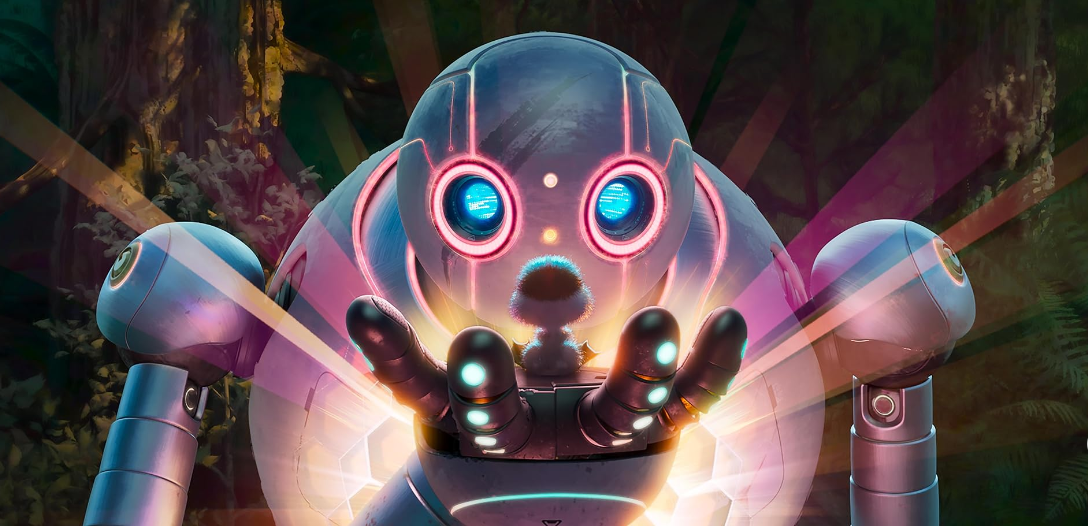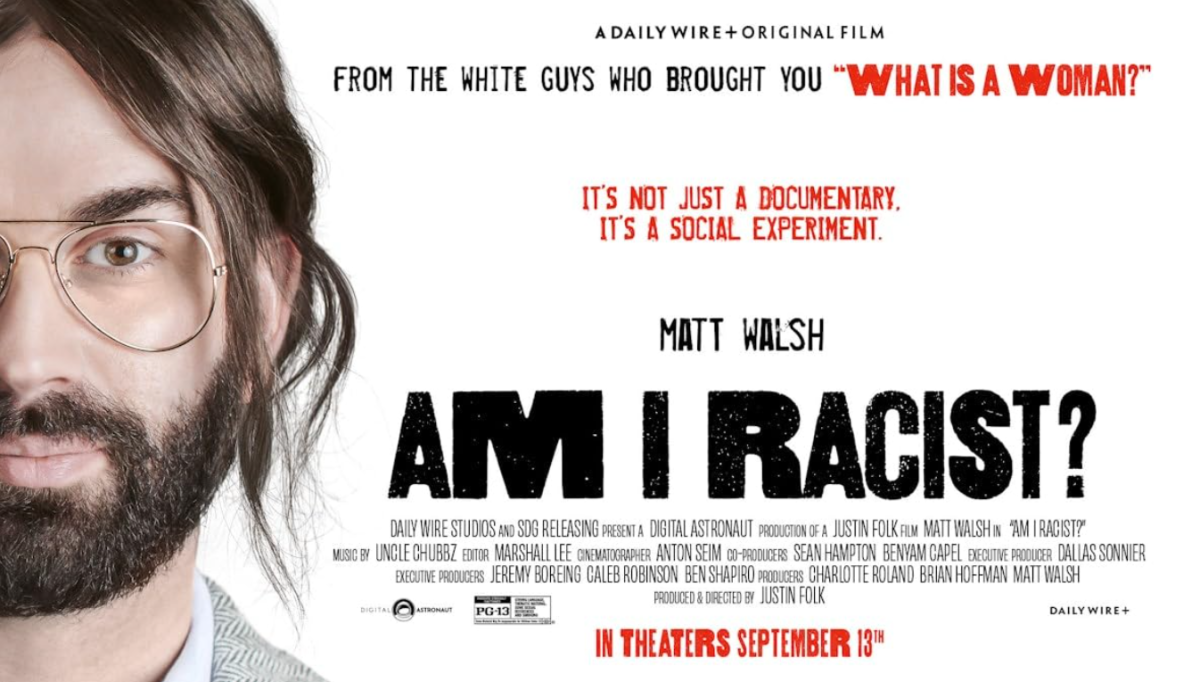Last week brought one of the biggest box office hits of 2020 to U.S. theaters: “Demon Slayer the Movie: Mugen Train,” which is a continuation of the hit anime series “Demon Slayer: Kimetsu No Yaiba” from Japanese animation studio Ufotable. The film is based on the manga of the same name created by Koyoharu Gotouge. It serves as the next chronological step in the quest of Tanjiro Kamado, who, after his family was murdered by a demon and his sister Nezuko turned into one, joined the Demon Slayer Corp in the hopes of avenging his family and finding a cure for Nezuko.
The movie picks up where the series left off with Tanjiro, Nezuko and their compatriots, the cowardly Zenitsu and the literally pig-headed Inosuke, boarding the Mugen, or Infinity, Train. The quartet has been assigned to help Kyojuro Rengoku, one of the Demon Slayer Corps’s strongest fighters, slay the demons that have been assailing the train. This is a mission that has already claimed the lives of other Demon Slayers, and it quickly becomes clear why the situation is so dire. The terror on board is being conducted by Enmu, one of the 12 strongest demons who serves in Demon King Muzan Kibutsuji’s inner circle. Enmu uses the power of dreams to subdue his foes before gleefully destroying the very core of their beings.
The film is commanding to say the least. While not every scene features a fight, the heroes are kept at the brink of being overwhelmed for almost the entire movie, and the narrative stakes keep the film tense. Everything has a steep cost, whether it’s fighting Enmu or staying in the dreams he’s created that give the heroes what they desire most. The action builds on this tension, and its expert animation will wow any viewer. The battle sequences are visually stunning, giving a clear sense of the power of the combatants with Kyojuro and his blade-driven infernos easily being the most impressive. In case that isn’t enough to grab an audiences’ attention, the music completes the spell to cement viewers in their seats. Composers Yuki Kajiura and Go Shiina bring back the orchestral instruments and eerie vocals from the anime show to give the story and characters their powerful and mystical air. All of these aspects harmonize in a way rarely seen to elicit nothing short of awe.
For all its grandeur, potential viewers should be aware of the limitations of “Mugen Train”. As mentioned before, the film is a continuation of the Demon Slayer story, not a stand-alone narrative. Because of that, newcomers to the story will find themselves stepping into the middle of it and will certainly be confused as to what is going on and why. That said, the anime has only one season preceding it, which consists of 26 episodes. Although this might seem like a lot, episode length in animated series, including Demon Slayer, tend to be about half the length of live-action series’ episodes, so it’s not as much of a commitment as it looks. Alternatively, one can pick up the manga itself and read up to the movie’s story arc. The film is certainly worth the effort. It made history in Japan by dethroning Studio Ghibli’s 2001 film “Spirited Away” as the nation’s highest-grossing film of all time and currently sits at No. 2 on the World Wide Box Office list for films released in 2020. Popularity may not always speak for quality, but in this instance, it most certainly does.
“Demon Slayer the Movie: Mugen Train” is a masterful composition, whose tidal wave of success has carried it to the top. Its tight blend of story, action and sound create an exhilarating experience that will keep viewers’ eyes rooted to the screen. While it will be released for home viewing, it definitely deserves to be seen in all the splendor a theater can provide.
Japan’s megahit film ‘Demon Slayer the Movie: Mugen Train’ is awe-striking
April 27, 2021
Photo by via imdb.com
Arts Criticism writer Kevin Ferguson reviews the anime hit, “Demon Slayer” a 2020 film that recently became available in U.S. movie theaters.
0
Donate to The Battalion
Your donation will support the student journalists of Texas A&M University - College Station. Your contribution will allow us to purchase equipment and cover our annual website hosting costs.









